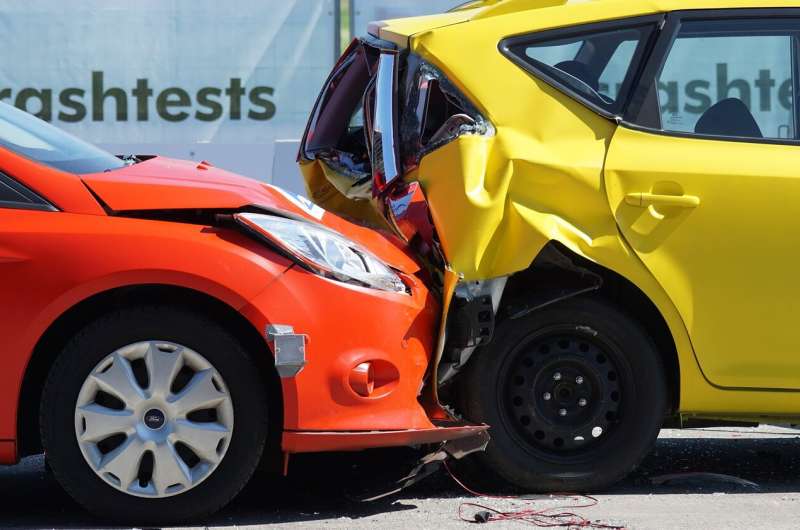This article has been reviewed according to Science X's editorial process and policies. Editors have highlighted the following attributes while ensuring the content's credibility:
fact-checked
trusted source
proofread
Using transfer learning and model fusion method to detect distracted drivers

The World Health Organization (WHO), reports that well over 135 million people die worldwide in road traffic accidents each year and that the main cause of most accidents is driver distraction. Distractions such as using mobile phones and other gadgets such as navigation and sound systems, talking to passengers, eating and drinking, all constitute risky behavior while driving. A system that can automatically detect such distracted driving and alert a driver to their risky behavior could reduce the risk of their being involved in or causing an accident.
A study in the International Journal of Wireless and Mobile Computing describes a more effective method of identifying distracted driving behavior. The technology has the potential to improve driver safety systems and reduce the number of road traffic accidents that occur when drivers are not going their full attention to the road ahead and other vehicles, pedestrians, and hazards in their path. Conventional approaches have proven complex or too subjective, but the proposed method uses a combination of transfer learning and model fusion to overcome the various issues.
Guantai Luo and Wanghui Xiao of the Fujian (Quanzhou)-HIT Research Institute of Engineering and Technology, Xinwei Chen of Minjiang University, Jin Tao, and Chentao Zhang of Xiamen University, in Fujian, China, used two pre-trained deep convolutional neural network models, ResNet18 and ResNet34, to extract features from images of drivers. They then fine-tuned these models to produce four deep convolutional neural network models which they could fuse using a stacking method to create a fusion model.
They then tested the accuracy of their fusion model in recognizing distracted driving behavior using a fivefold cross-validation method. Their results showed that the new model had an accuracy of 95.47%. This is a significant improvement over traditional methods that use a single network model, indicating a higher level of generalization performance and recognition accuracy.
More information: Chentao Zhang et al, Distracted driving behaviour recognition based on transfer learning and model fusion, International Journal of Wireless and Mobile Computing (2023). DOI: 10.1504/IJWMC.2023.10055501


















